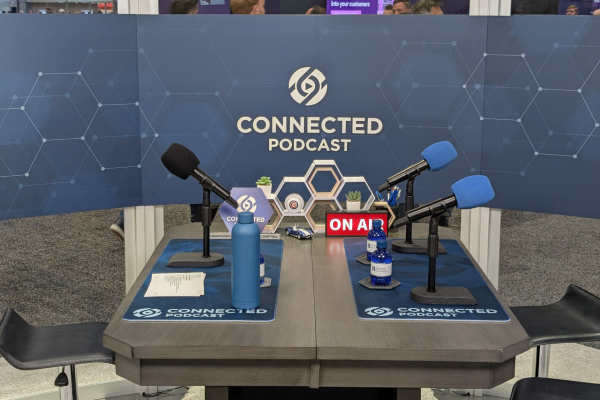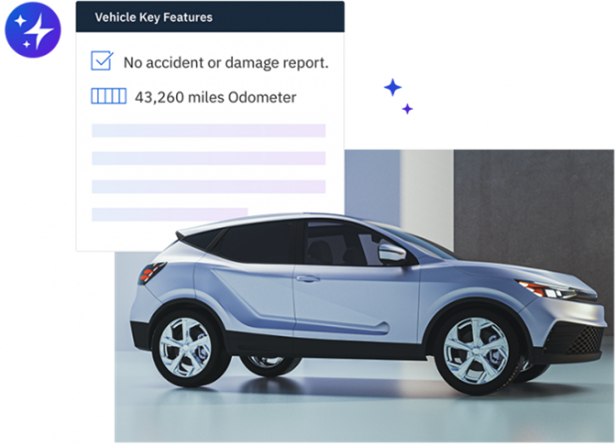2 Phone Up Processes that Work

Article Highlights:
- One key moment usually makes or breaks a sale.
- Many dealerships don't handle the moment well.
$621.
That’s how much the average car dealership spends on advertising per new vehicle sold, according to NADA Data 2013.
Whether you realize it or not, there is one critical moment in the sales process that usually makes or breaks that $621 investment.
It’s the very first interaction between the customer and a dealership employee.
It could be an email, a phone call, or an in-person interaction, but the magnitude of that moment cannot be overstated. It’s your one and only chance to make a good impression on a potential customer.
Sadly, though, I’ve found that many dealerships don’t handle this moment well, especially in cases where the customer reaches out to the dealership first.
Just look at the phone-up process many dealerships still have in place.
When I visit dealerships where inbound calls are open to the floor, it’s almost always the newer sales consultants who are the most eager to take the calls.
That means the least experienced (and least capable) sales consultants are often the ones who are representing the dealership to potential customers at the most critical moment of the sales process.
This is night and day from the rigorous precaution we take with new salespeople in other contexts.
For example, when I was a rookie salesperson, it was months before I was allowed to take a showroom up on my own. To start, I was paired with an experienced salesperson and only allowed to observe as he worked his deals. In time, I was eventually allowed to work a few of my own customers, but even then, my work was under very close supervision.
If we’re that careful with new sales consultants in the showroom, why wouldn’t we be equally as careful with them on the phone? Unlike the showroom, where you can intervene if needed, you can’t do a thing to stop an inexperienced salesperson from dismissing a potential customer on an inbound phone call.
2 Phone Up Processes that Work
For dealerships without a dedicated BDC, I’ve found there are two straightforward phone processes that can effectively ensure phone ups are handled properly. In both cases, you’ll start by having all inbound sales calls routed to a single location like a receptionist. At that point you have two options:
The receptionist round robins the calls to the more experienced or specially-trained sales consultants.
The receptionist pages for “Sales,” and the sales consultants call in if they’re available. The receptionist can then send the up to the most experienced salesperson available at the time.
In both scenarios, your receptionist can then log the call and who it went to. This will:
Limit your inbound phone leads to a select group of your best salespeople.
Ensure a consistent log of who took what call and when, allowing you to follow up with the rep later if needed.
You could also improve this process considerably with an investment in a phone tracking system such as Callbright, or go even further by getting a fully integrated telephone system such as Reynolds Integrated Telephone System.
In the next edition of Fuel, I’ll talk about what training your staff needs to effectively handle phone calls, whether they’re in a BDC or on the sales floor.
Want to know more about managing change in your dealership? Contact Reynolds Consulting Services at 888.204.6092.
Related Articles:

The Future of Variable Ops with Experts at NADA 2025
Explore how AI is transforming variable operations in automotive retailing with insights from NADA 2025. Learn about efficiency, profitability, and fraud prevention from industry leaders.

Decision made regarding the Vehicle Shopping Rule – now what?
Check out five key takeaways from the Vehicle Shopping Rule to keep your dealership safe from FTC enforcement actions.

3 Ways AI Can Elevate Your Dealership’s Online Inventory
On average, Americans are exposed to between 4,000 and 10,000 advertisements every day. From commercials on TV to billboards on your way to work, all…

The Pizza Playbook – What Ordering Pizza Teaches Us About F&I
For as long as I can remember, my family had “pizza night” every week. Without fail, every Friday evening we’d all gather around the computer…















